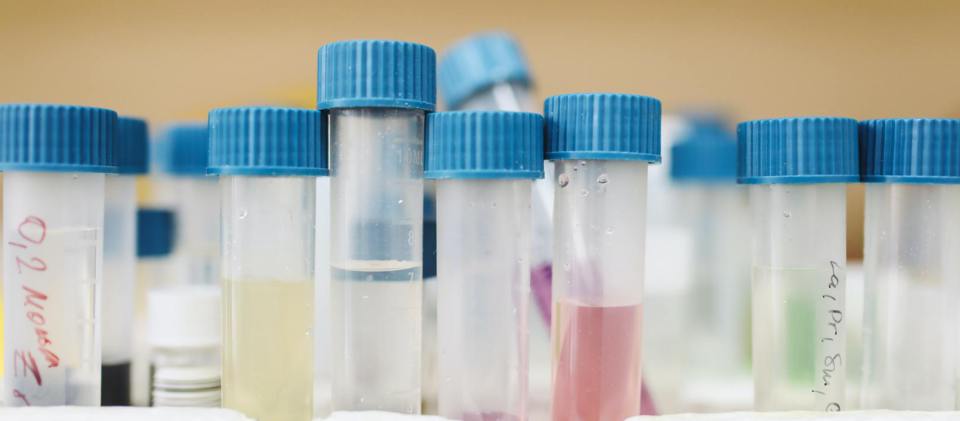Legionella is a naturally occurring bacteria with low numbers found in rivers, ponds and lakes. Legionella bacteria preferred temperature range is between 20-50°C and under optimum conditions
Legionella can quickly multiply. The existence of this bacterium in water does not mean that it will cause infection in people but it does
create a significant increase of the risk. Symptoms of Legionella can differ in certain ways and in some people may cause some mild symptoms but with others, particularly those who are medically
vulnerable can get very ill. The associated fatality for Legionella in some outbreaks can be as high as 10-20%.
Legionnaires' disease: The control of legionella bacteria in water systems Approved Code of Practice and guidance on regulations (L8
ACOP fourth edition 2013).
This is a guidance document produced by HSE for the control and management of Legionella in water systems. It has an unusual legal status in that while it is a guidance document,
organisations can be prosuctued for not following the practices and principles described within it (and the associated technical guidance notes). There are however no specific 'Legionella
regualations'.
The HSE L8 document states that any commercial organisation (this includes residential landlords) should consider the need for a risk assessment if they have 'at risk elements'
What are at risk elements?
At risk components will include the hot and cold water systems.
Our risk assessments will study the system at risk, how it is operated, who is operating it and who is using it. This assessment will also check any monitoring and maintenance currently in
use.
Legionella Logbook
If required, following completion of our risk assessment we can provide paper and electronic copies of a Legionella Logbook.

